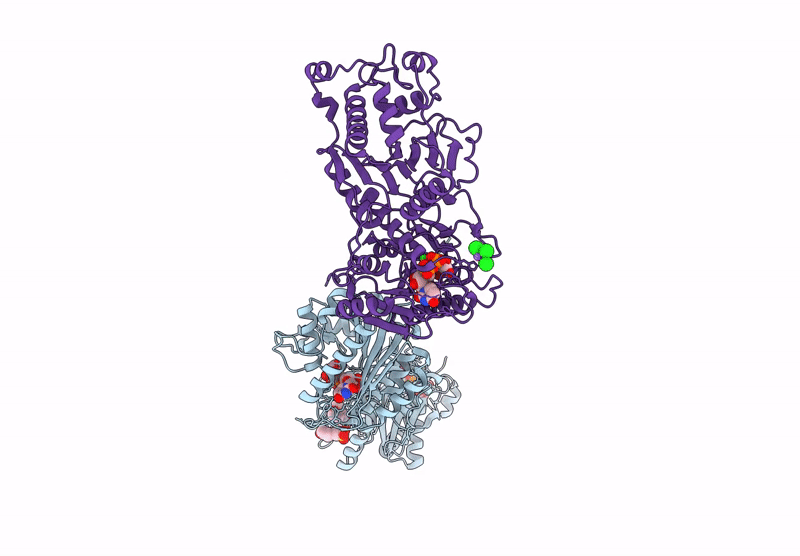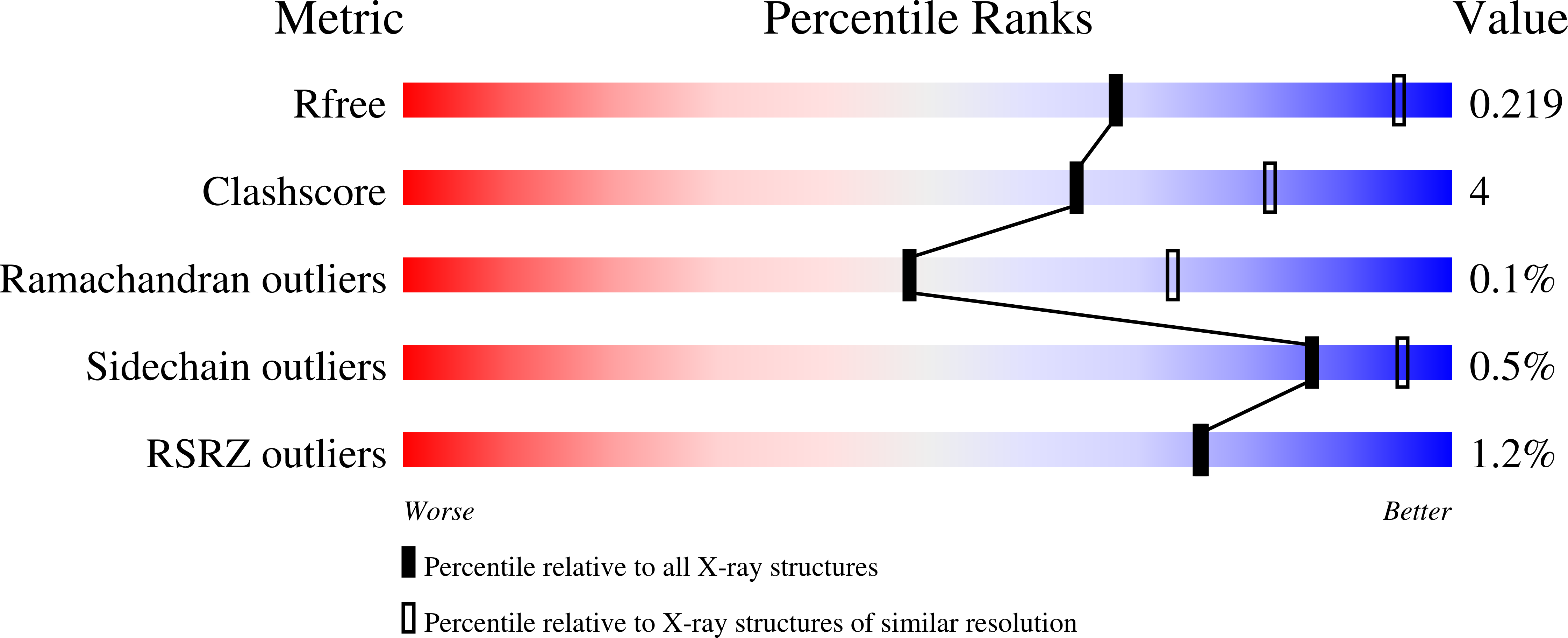
Deposition Date
2024-03-30
Release Date
2025-04-09
Last Version Date
2025-04-23
Entry Detail
PDB ID:
9EVJ
Keywords:
Title:
Crystal Structure of human Collagen Hydroxylysine Galactosyltransferase GLT25D1/COLGALT1: complex with Mn2+ and UDP-Gal
Biological Source:
Source Organism:
Homo sapiens (Taxon ID: 9606)
Host Organism:
Method Details:
Experimental Method:
Resolution:
2.70 Å
R-Value Free:
0.22
R-Value Work:
0.18
R-Value Observed:
0.18
Space Group:
I 2 3


